Displaying items by tag: mark
ISORA 2012 Looking at Trackers and 'Virtual' Marks
The moves come as the offshore body goes from strength to strength on the Irish Sea, recruiting more boats to venture out of Dublin Bay and to try longer distance races. It is a reversal of fortunes for offshore sailing that had been vitally wiped out just a few years ago.
The idea for the new marks sprung from last years' Lyver Race from Liverpool Yacht Club where a virtual mark was successfully used as a mark on the course (i.e. coordinates only).
The problem for ISORA though, with the exception of M2 buoy, is most of the marks used in ISORA raeces are within five to seven miles of the Irish coast and there are no marks off the Welsh coast.
Using virtual marks further off the coast would greatly help in setting courses that are not just long reaching legs. The day races, particularly from Dun Laoghaire could be far more interesting.
One of the problems about using the virtual marks though is the question of "how do you ensure that all boats have rounded the mark?"
The boats in the Lyver race had trackers fitted but ISORA commodore Peter Ryan says his experience of watching several boats round the 'mark' was that they tended to take it 'wide'.
Ryan is looking into the possibility of "obtaining" a set of trackers that could be used for all ISORA races.
Another suggestion is that a photograph could be taken on a mobile phone of the boat's GPS display at the time of the rounding. The photo would then be sent by SMS to the race office as part of the normal finish time declaration.
The feasibility of such a move is just one of the items on the agenda at the association's agm on November 19th at the National Yacht Club in Dun Laoghaire, a highlight of the offshore year.
























































